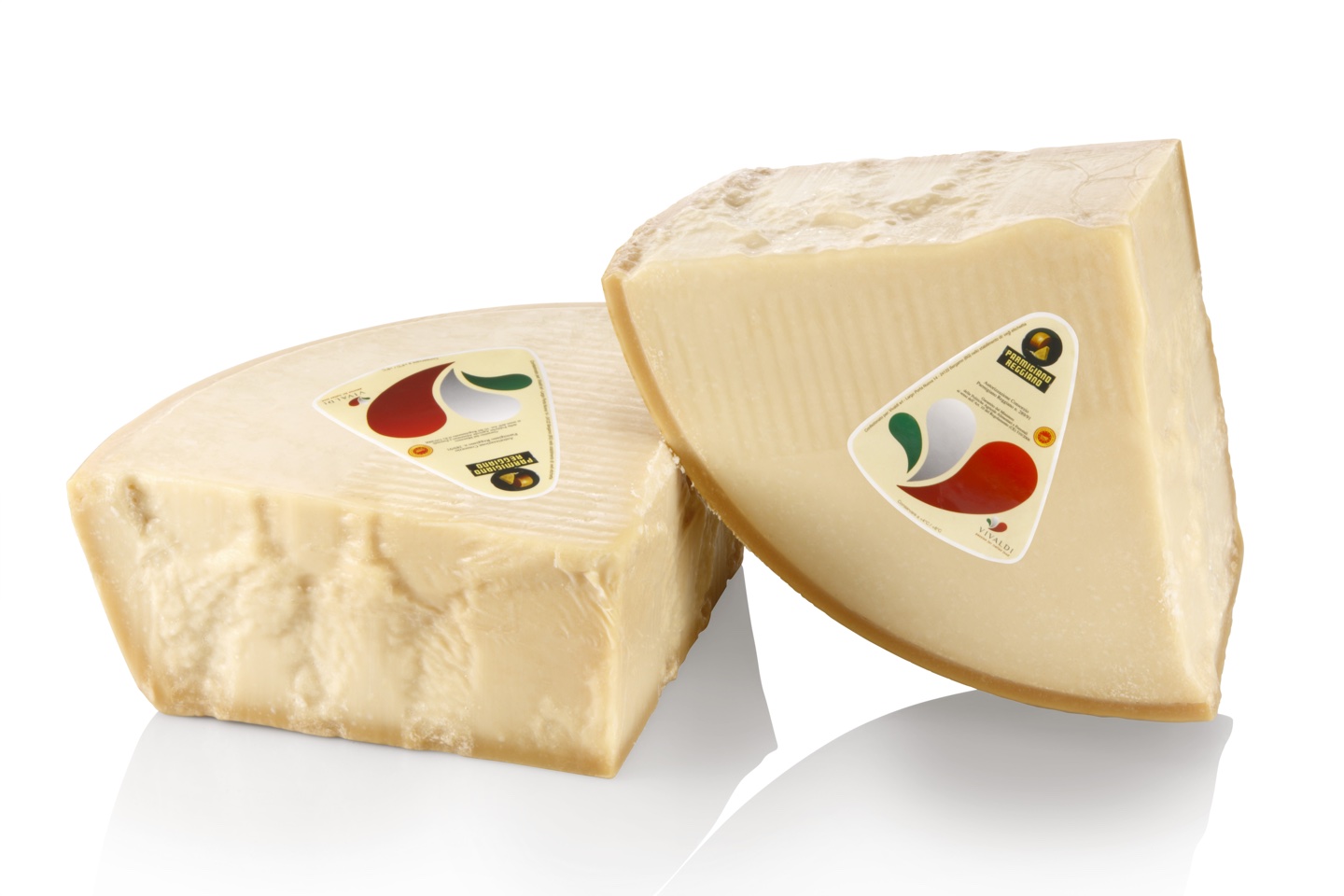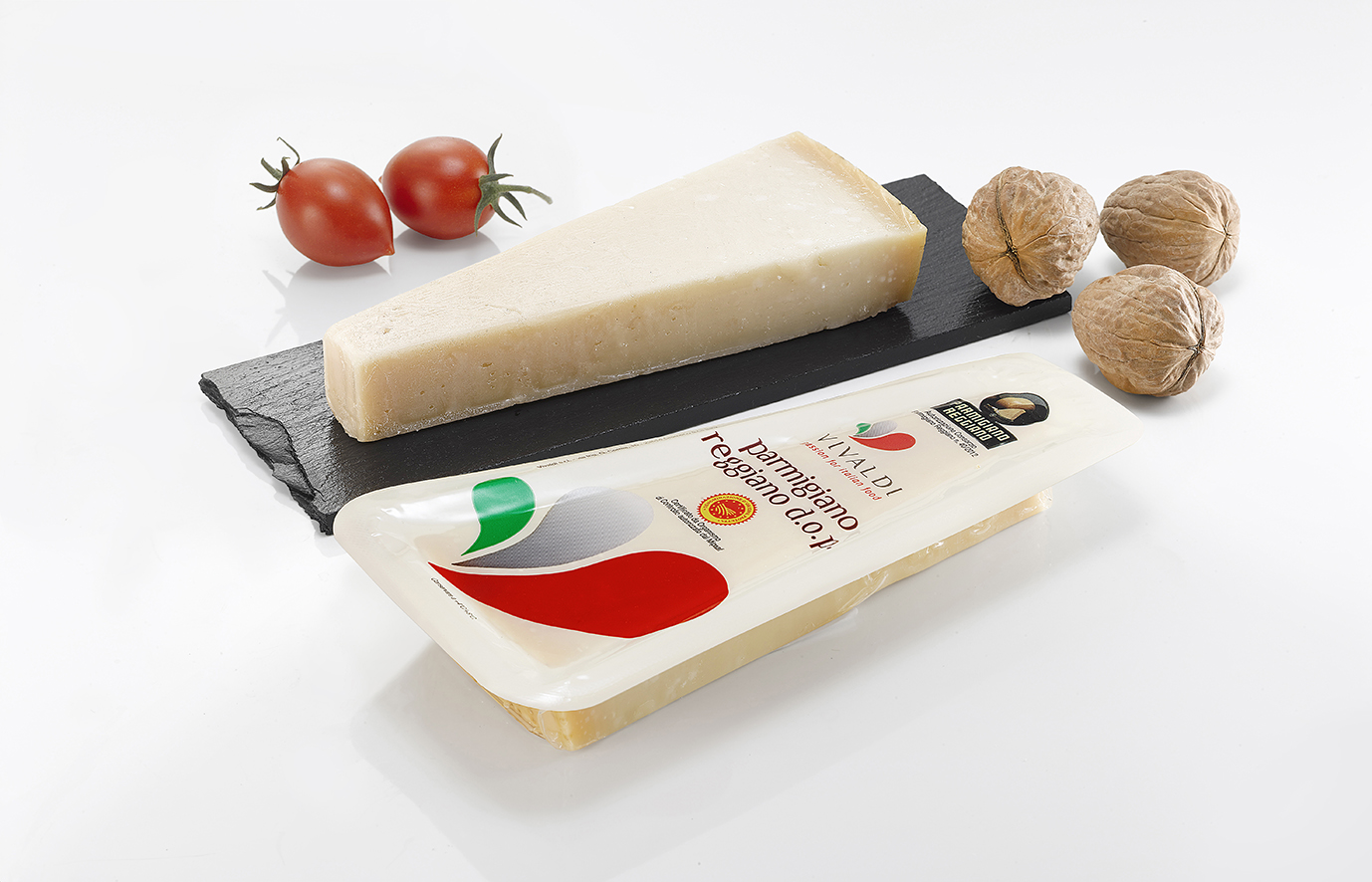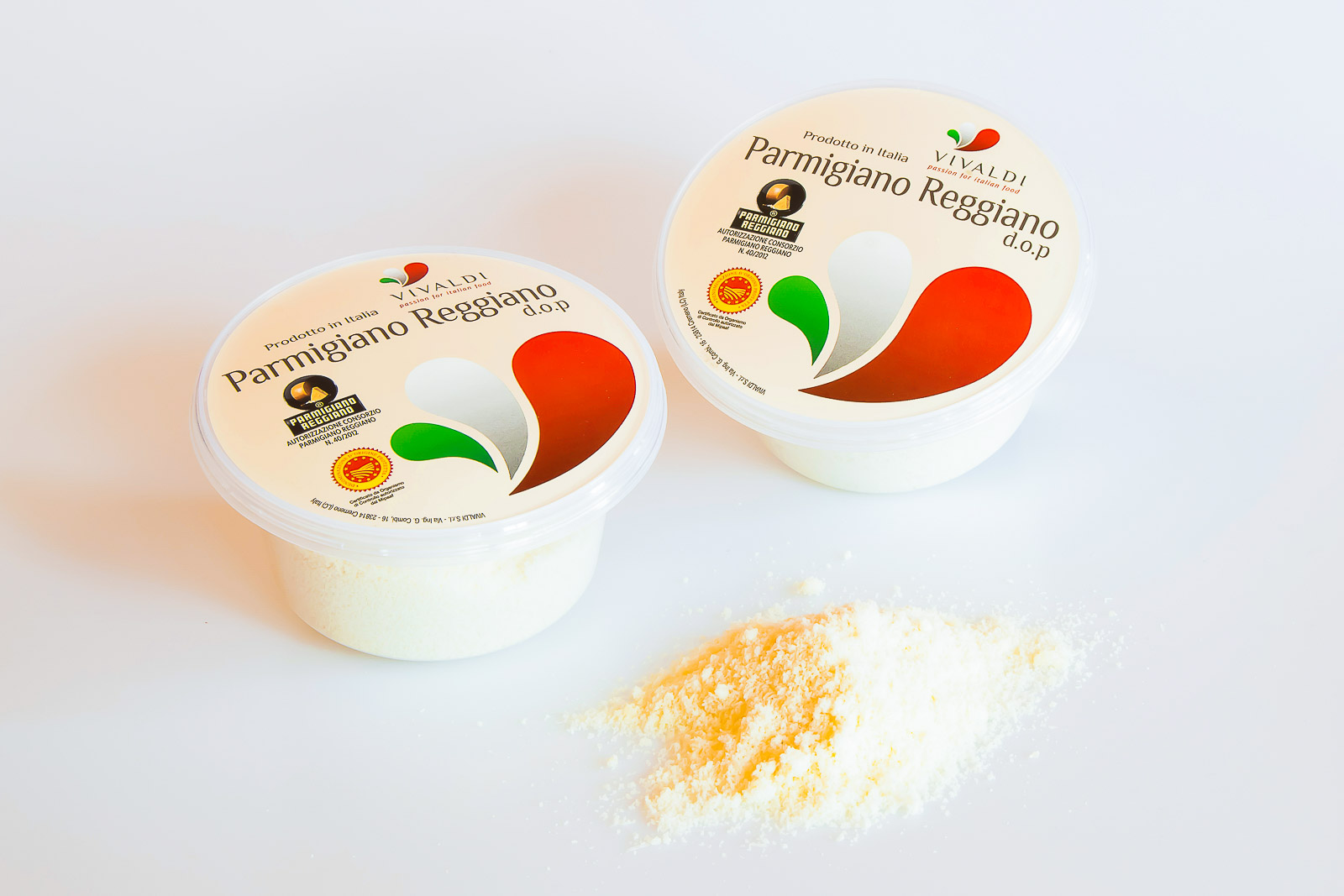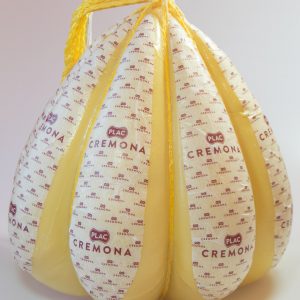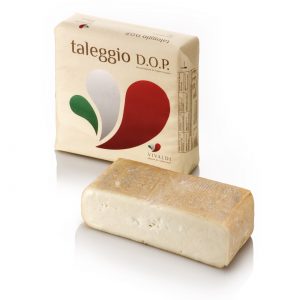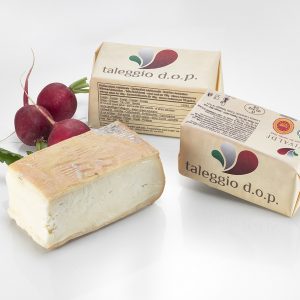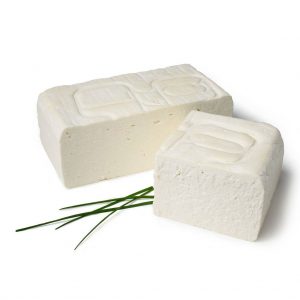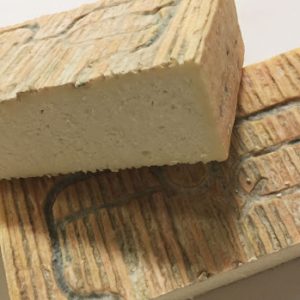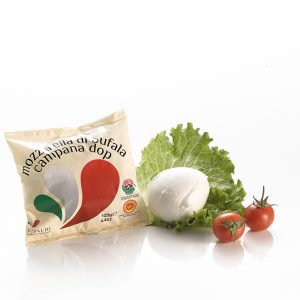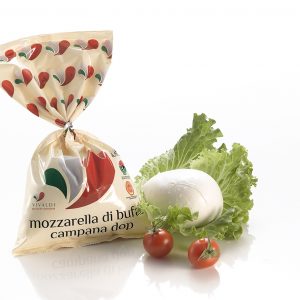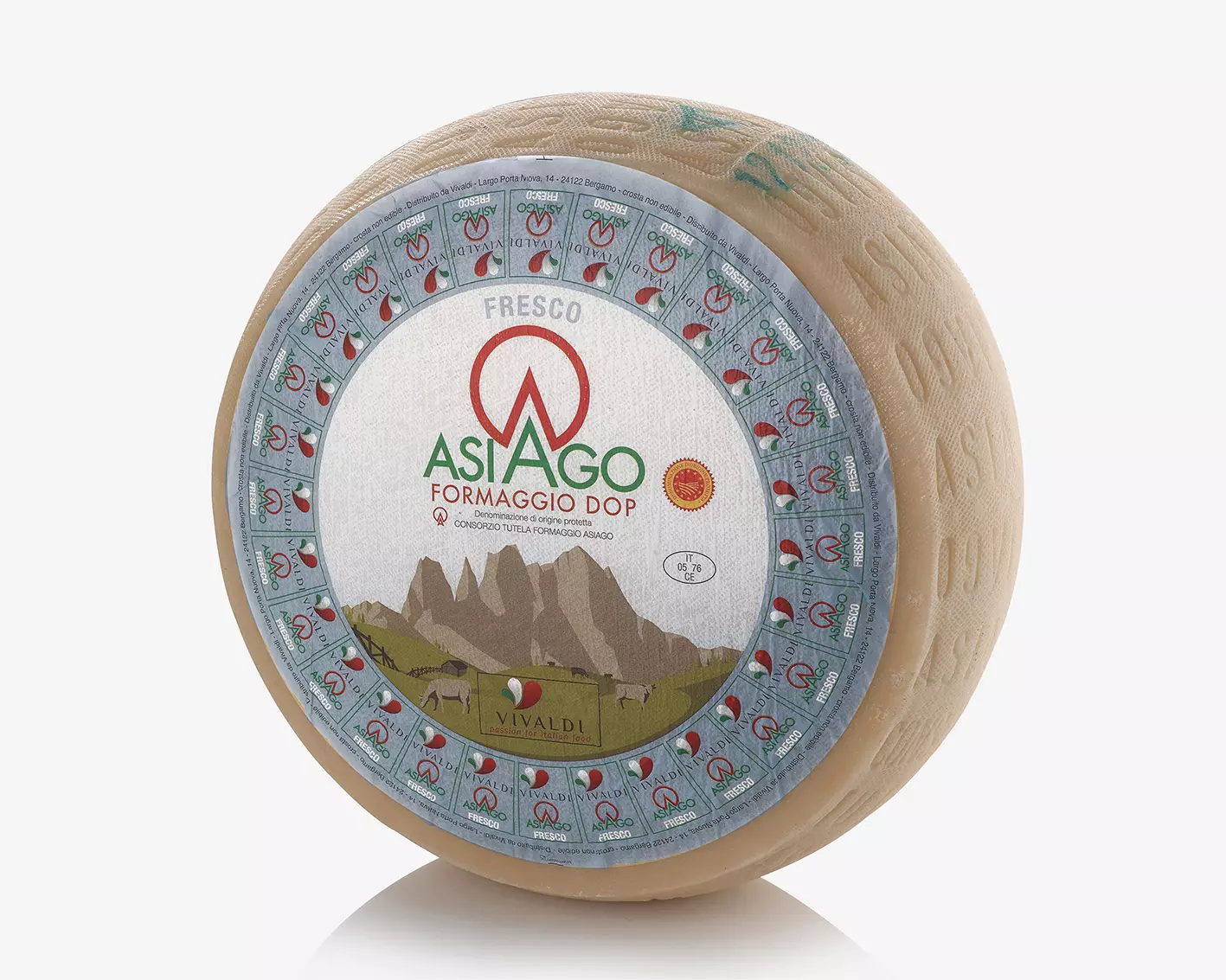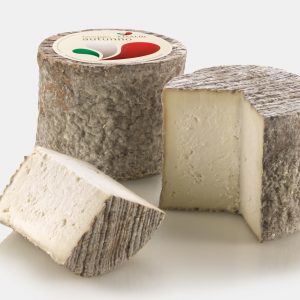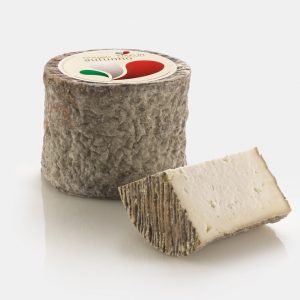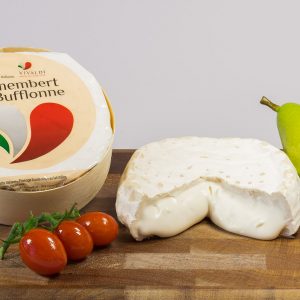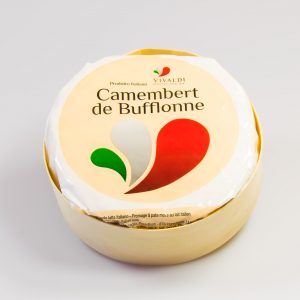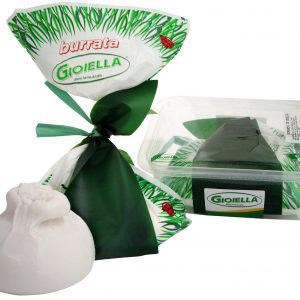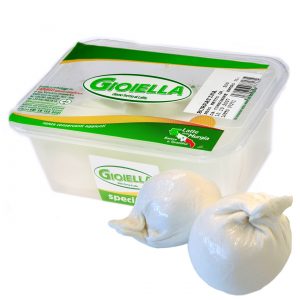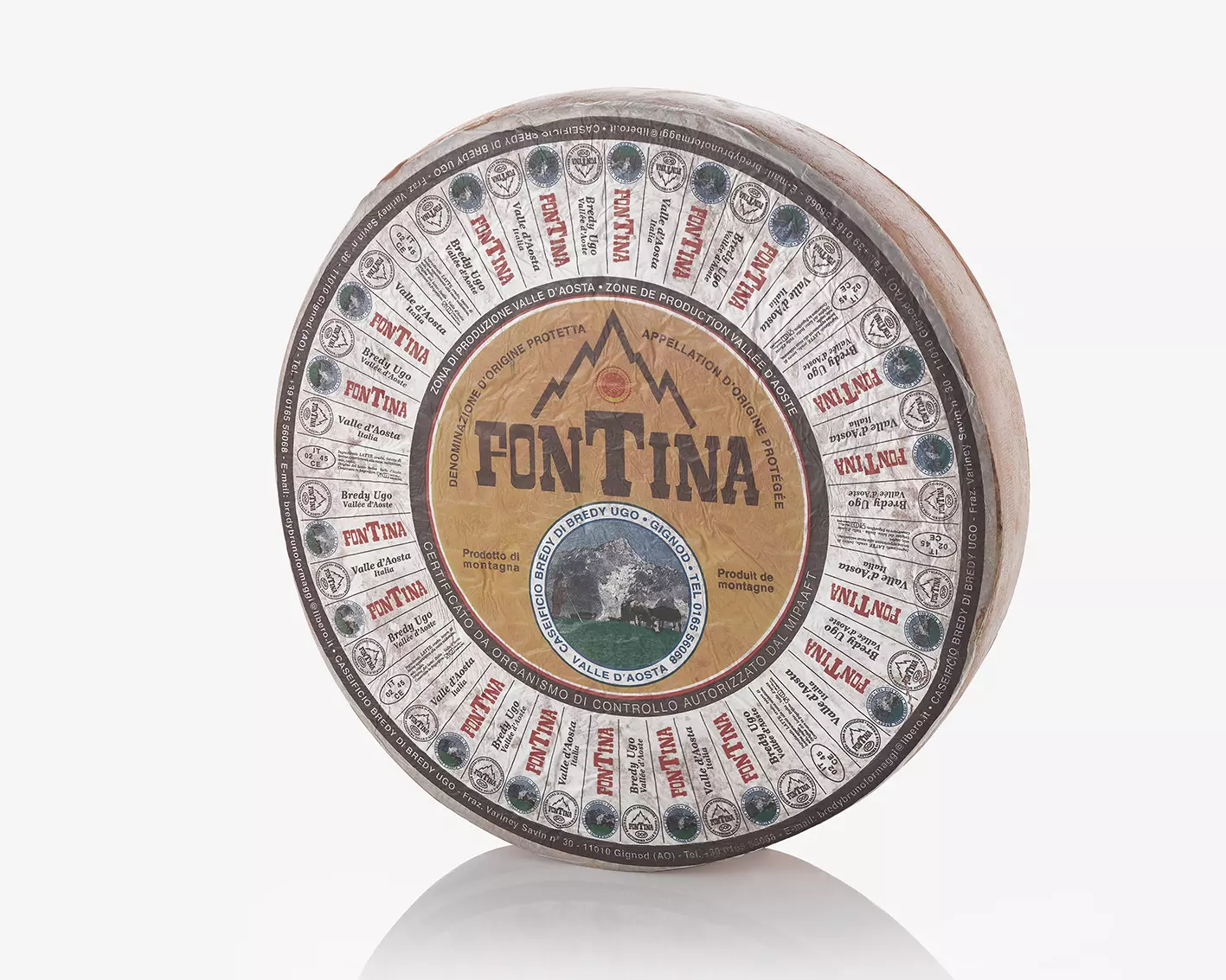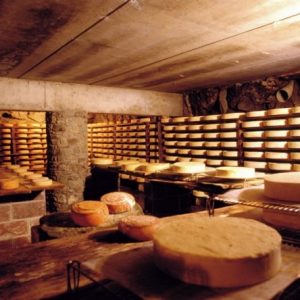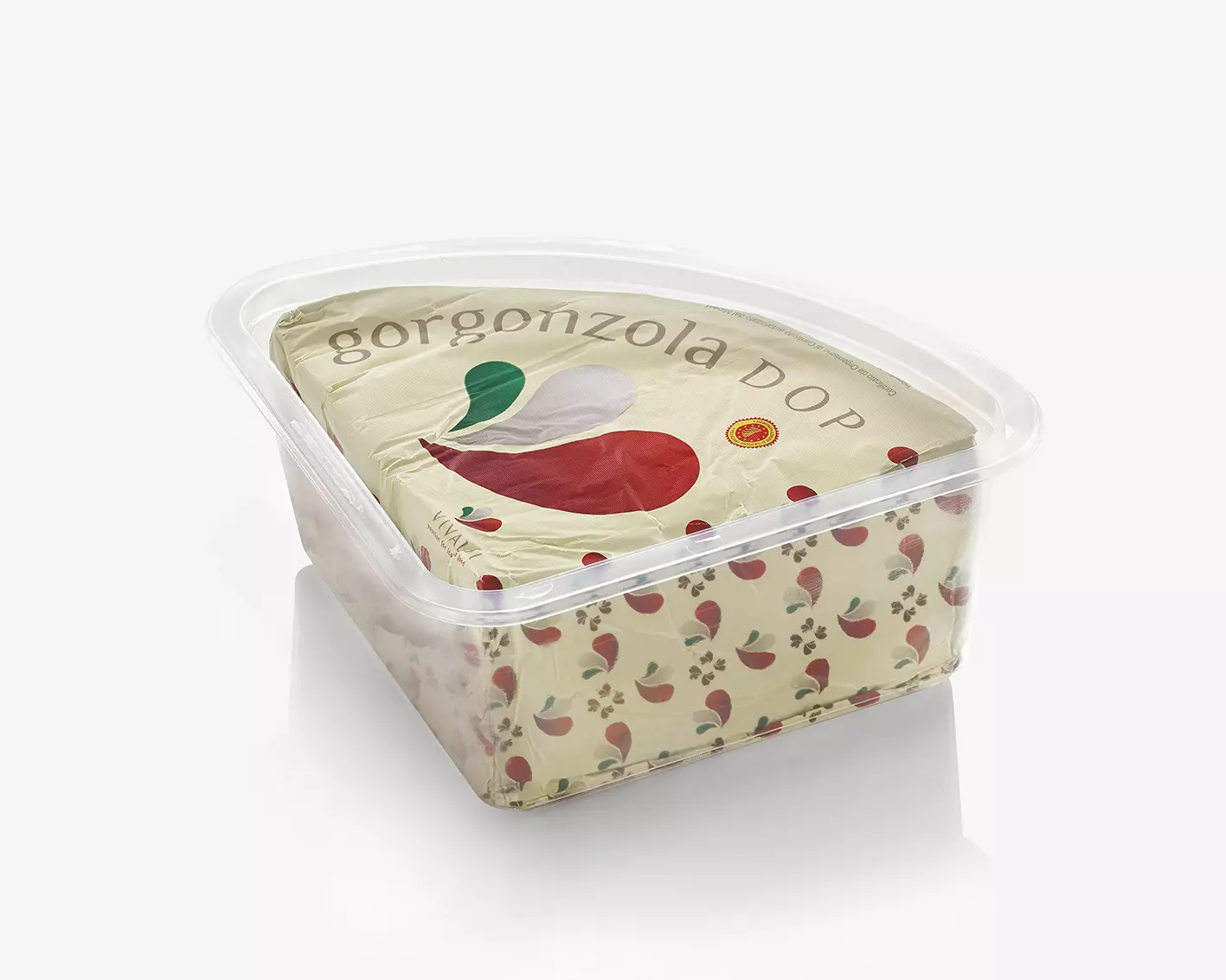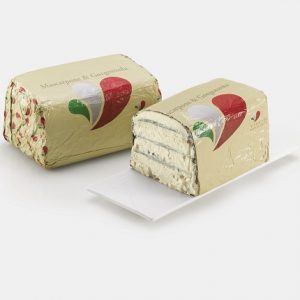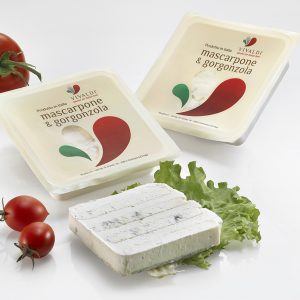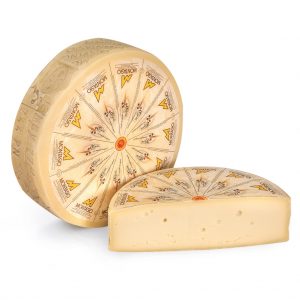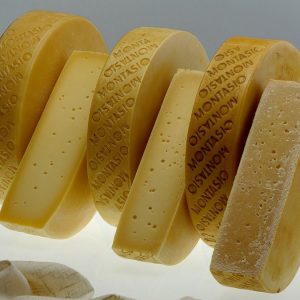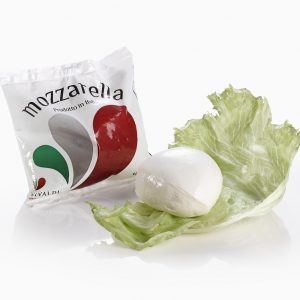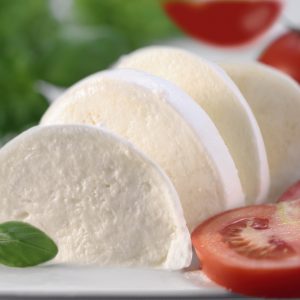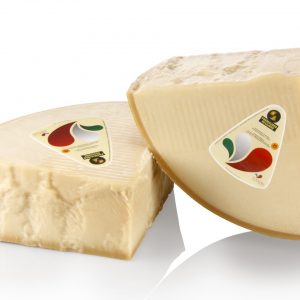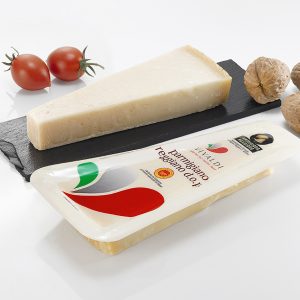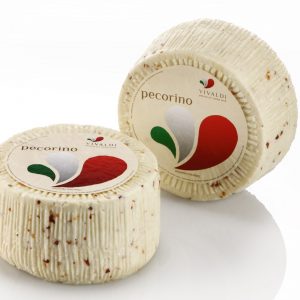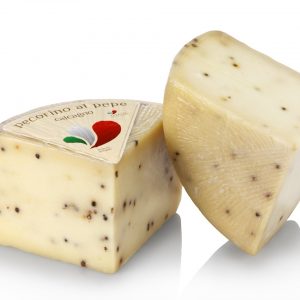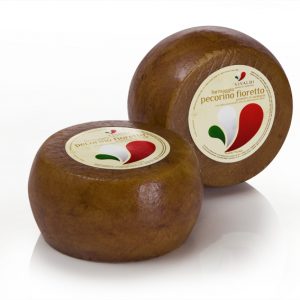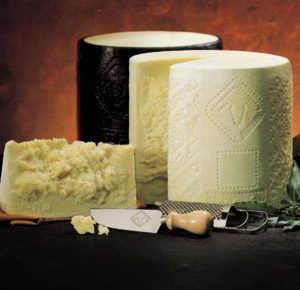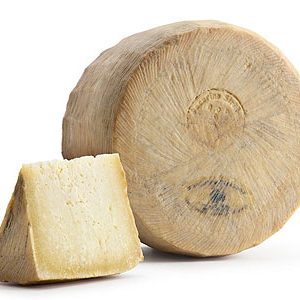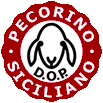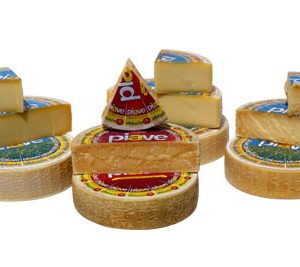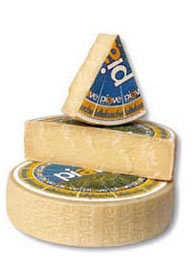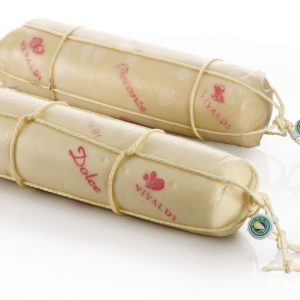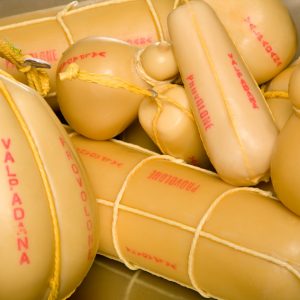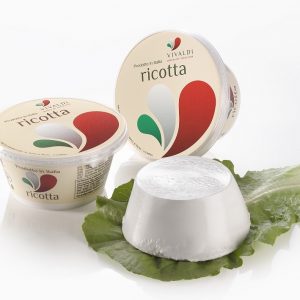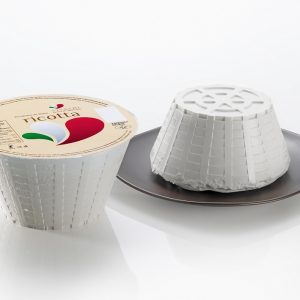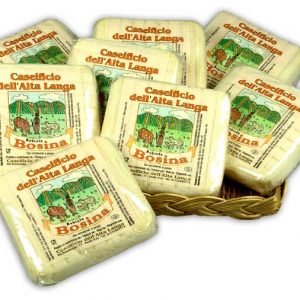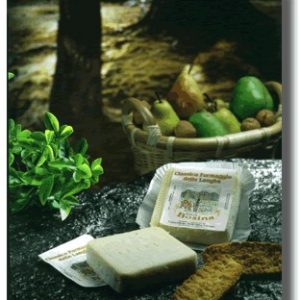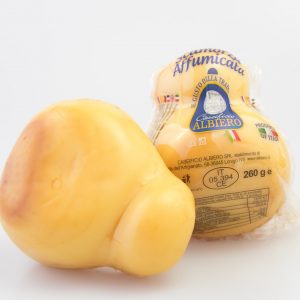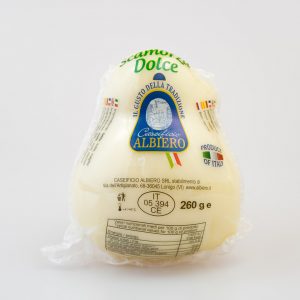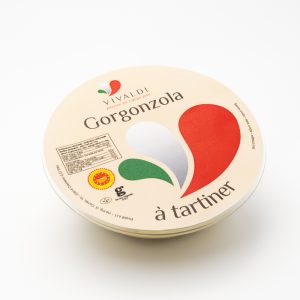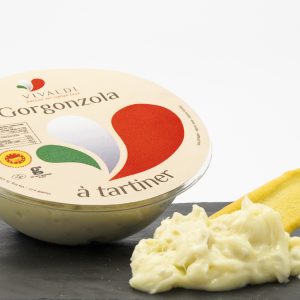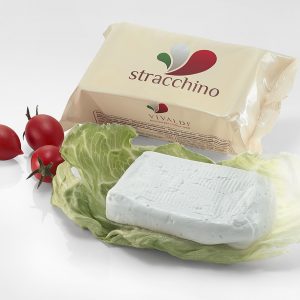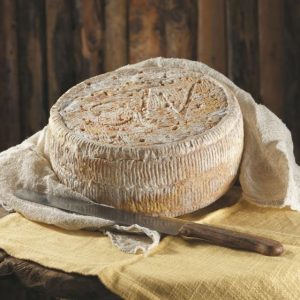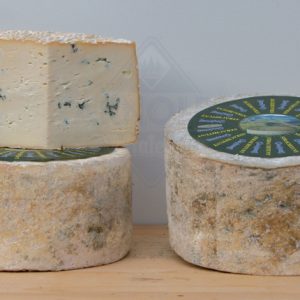Parmigiano Reggiano PDO
The first written accounts on the existence of Parmigiano Reggiano cheese date back to the second half of the 13th century. After that, we also find it mentioned in the famous “Decameron” by Giovanni Boccaccio. Thanks to the major work of land reclamation in Emilia, first by monks and then by the Communes and the great feudal lords, large areas of land became available, which were to give rise to a considerable development of agriculture, livestock raising and cheese production.
Description
Parmigiano Reggiano PDO
Parmigiano Reggiano PDO – The technique of production of Parmigiano Reggiano has not changed since the 13th century, preservatives and additives are still not used today and the area of production has stayed the same over the centuries: the Provinces of Modena, Reggio Emilia, Parma and part of those of Bologna and Mantua. The Consortium for the Protection of Parmigiano Reggiano guarantees that the strict standards of identity of production are respected.
Production starts by leaving the milk from the evening milking to rest in large vats all night, so that the cream, to be used in the production of butter, spontaneously rises to the surface. The skimmed milk is added to the whole milk of the morning milk in large copper vats in the shape of an upturned bell and liquid calf rennet and whey starter culture are added. The curd is then broken down into tiny grains which, brought to a cooking temperature of not less than 55°C, fall to the bottom of the vat in a compact mass. After about 50 minutes the compacted curd is extracted, divided into two, wrapped in muslin and placed in steel moulds. The Parmigiano Reggiano cheeses, on each of which the month and year of production and registration number is imprinted, are put into a brine bath for almost a month and then placed on wooden shelves where they start to ripen. After twelve months, which is the minimum time required for maturing, some experts from the Consortium for the Production of Parmiggiano Reggiano examine the cheeses one by one and only those that have the requisites for DOP are heat branded, guaranteeing the excellent quality of this cheese. Ripening normally continues for another twelve months, but for some cheeses it may last for a total of 36 months.
When aged, the paste of Parmigiano Reggiano can vary in colour from ivory white to straw yellow with a gritty structure.
It can be used in many ways in cooking; as an ingredient to give a bolder and richer flavour to pasta, risottos, soups and side dishes, or in the preparation of many other recipes. As table cheese, it can be accompanied simply by bread, preserves and fresh fruit, and a sliver of Parmigiano Reggiano with a few drops of Traditional Balsamic Vinegar or Modena is sublime.
